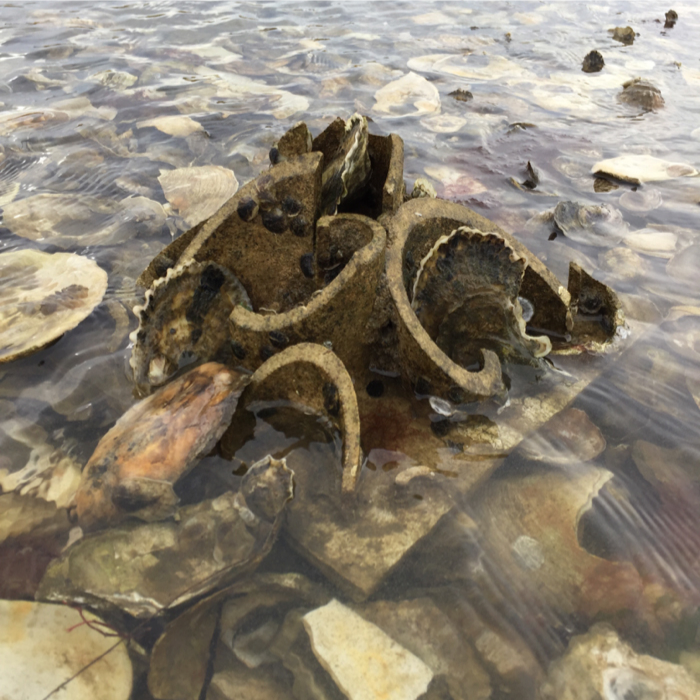![[Image: BlueWLabs]](https://fabbaloo.com/wp-content/uploads/2020/05/reef_img_5eb0a4078270d.png)
Wow. What an adventure. We are very happy to conclude the crowd-sourcing partnership we have conducted with Fabbaloo and reveal the winner of this contest.
We had a blast organizing this experiment with the Fabbaloo team, creating a platform for people to share their ideas and ultimately to celebrate the variety and richness of AM’s applications throughout the world.
The winner for this contest is:
Title: Oyster Reef Restoration
Description: These biogenic protoreefs are created with Tethonite ceramic powder on a binder jetting platform. The material is a 100% natural durable clay body so it can be safely used in ocean environments.
Link: http://www.bluewlabs.com
![[Image: BlueWLabs]](https://fabbaloo.com/wp-content/uploads/2020/05/5bab8306eb83c-OystStruct_img_5eb0a4081bbc6.jpg)
Karen Linder shared with us this wonderful application of 3D printed designs that work in combination with engineered material properties. By restoring natural oyster habitats the environment will benefit from biological filtration systems, wave barriers and natural nurseries for fish and other marine life. Presently, 85% of the world’s oyster reefs are functionally extinct. The material employed is plastic-free and is optimized for better larval settlement, survival and growth.
Karen’s entry has been voted as the best application on the round and will be included as a new card in the latest update to our playing cards deck. Congratulations! We made you the Ace of Diamonds. This is what the card looks like. We’ll be getting in touch with you to send you a pack as soon as they’re printed.
![[Image: Authentise]](https://fabbaloo.com/wp-content/uploads/2020/05/1_Diamond_Updatedcopy28129_img_5eb0a40868e64.png)
There were plenty of other amazing entries. And others that we found and didn’t submit. The additive space is booming with creative, ingenious ideas of how to use this new one freedom of design. In all, we updated the cards with a total of nearly a dozen applications:
-
Light receptors using Semiconducting polymer by the University of Minnesota
-
3D printed train spare parts using ULTEM 9085 thermoplastic by Siemens
-
3D printed “Metamolds” using Thermoplastics by Institute of Science and Technology Austria and the Institute of Science and Information Technology in Italy
-
A350 Airbus Helicopters latch shaft using Titanium by Airbus
-
3D Printed Lab-On-A-Chip using Resin by Brigham Young University
-
Turboprop Engine using Titanium Alloy by GE
-
P-rouette Ballet Shoes using Elastomeric polymer by Bezalel Academy of Art and Design
-
3D Printed Housing using Cement by ICON
We are looking forward to doing this again. We believe deeply in the sharing of ideas, and opportunities like this are the perfect way to get in touch with realities that are outside of our own. It’s incredible what the additive community is capable, we should celebrate that in the loudest way possible 🎉
Thanks again to Fabbaloo for hosting this contest and to you all who voted and participated.











Healthcare 3D printing attempts to solve two problems that plague providing care: customization and cost.